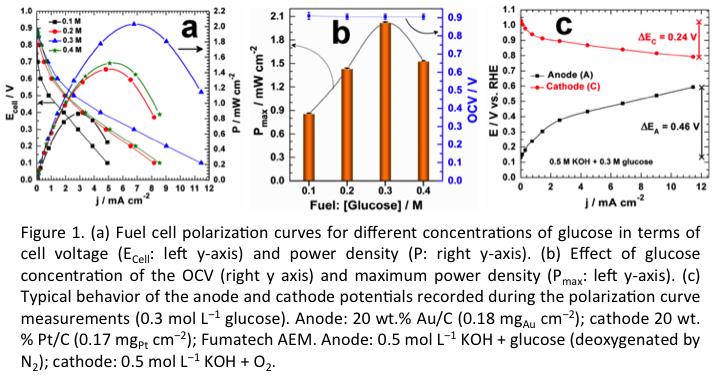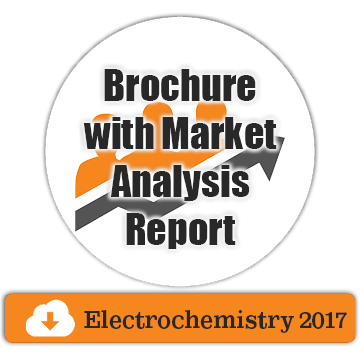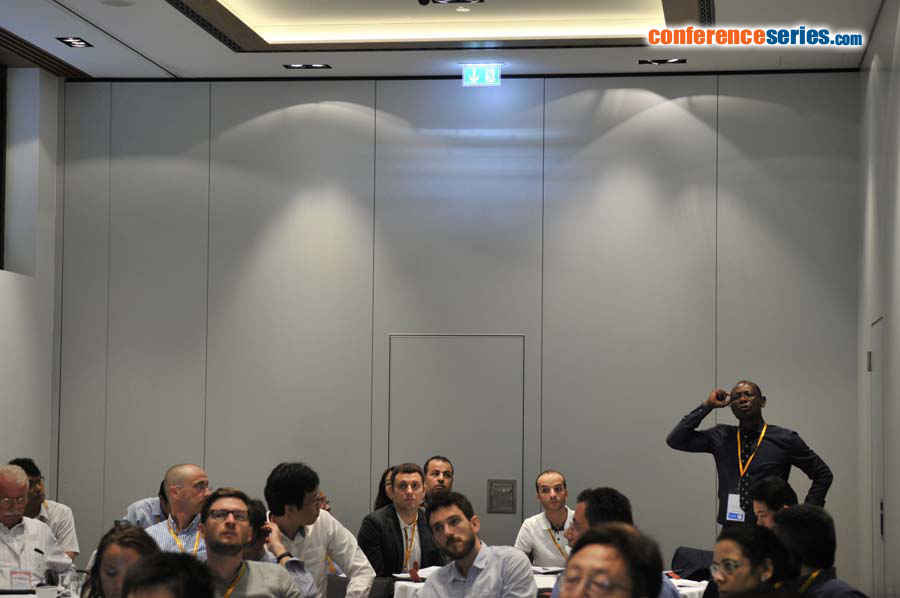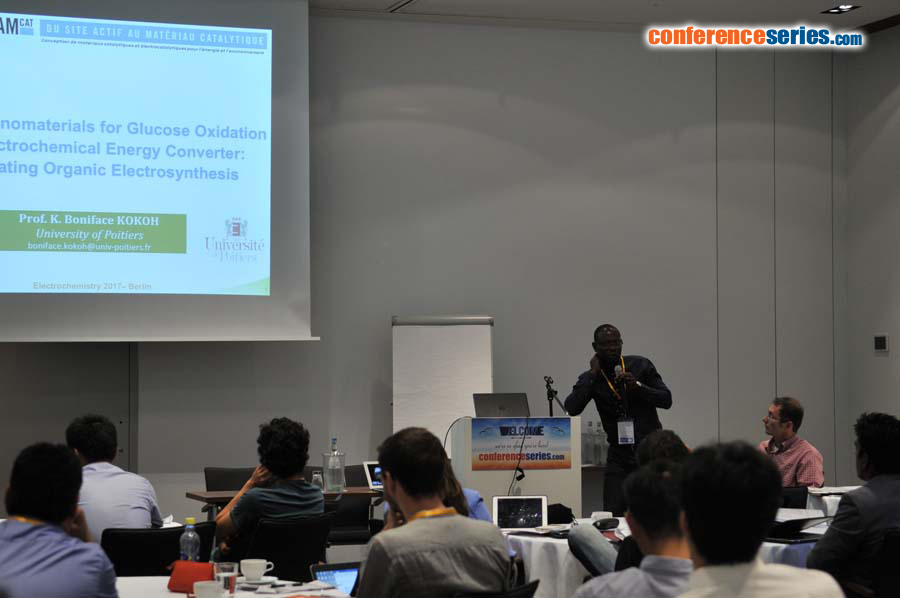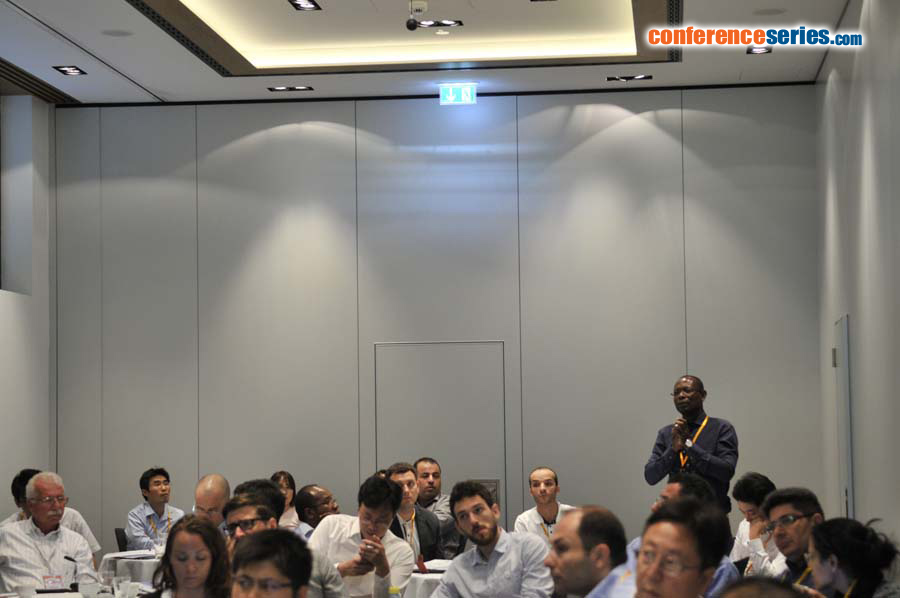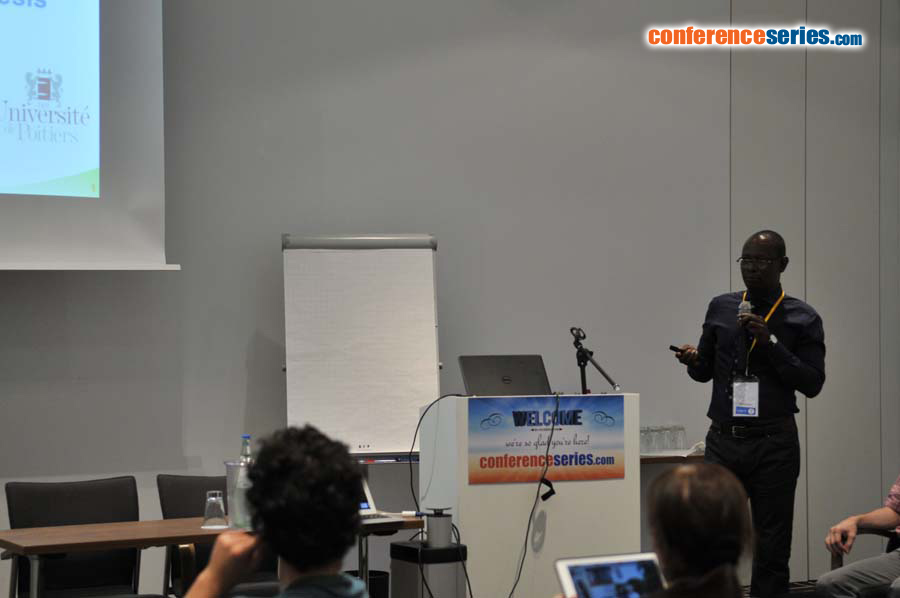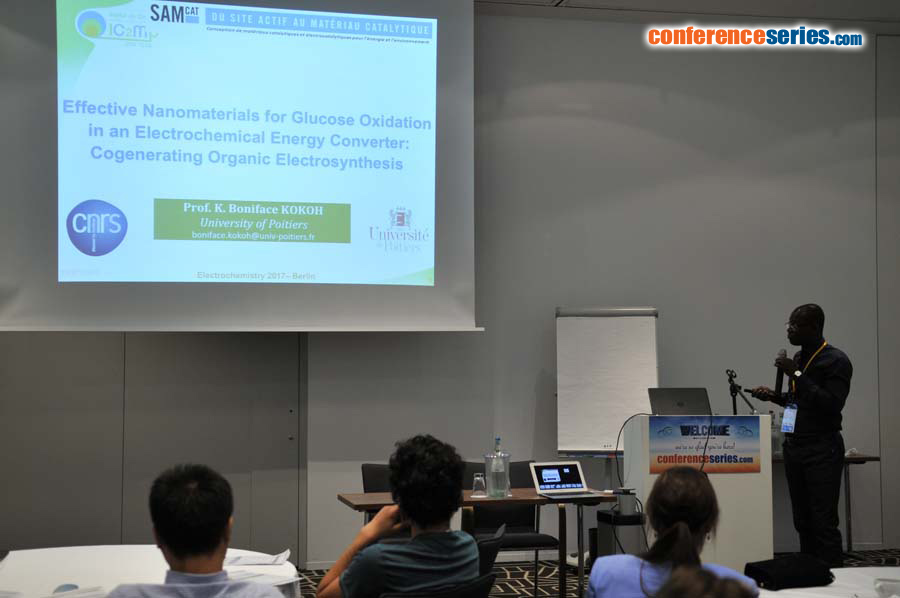
Kouakou Boniface KOKOH
Professor
Title: Effective Nanomaterials for Glucose Oxidation in an Electrochemical Energy Converter: Cogenerating Organic Electrosynthesis
Biography
Biography: Kouakou Boniface KOKOH
Abstract
Statement Glucose is an environmentally friendly and sustainable carbohydrate that is actually a cyclized aldehyde in aqueous solution i.e. a hemiacetal. Its selective oxidation by the anomeric carbon in C1-position without any function protection is of great interest for cogeneration because the electrochemical process enables converting this highly functionalized organic molecule into electricity, heat and added-value chemicals. For this objective, we decide to synthesize effective nanomaterials towards glucose conversion at the anode and the oxygen reduction reaction (ORR) in the cathodic side of a fuel cell. The physical characterizations of the prepared materials and their electrochemical analysis at each half-cell, permitted to optimize the activity of the electrodes according to their elemental composition and structure. Furthermore, a constructed direct glucose fuel cell (DGFC) delivered an open-circuit voltage of 1.1 V in 0.5 mol L-1 NaOH and an outstanding output power of 2 mW cm-2. Complementary analytical techniques were employed to quantify the reaction processes involved in each compartment, determine the reaction products resulted from the glucose transformation and thereby, to understand reaction mechanisms of the glucose oxidation and the ORR over the synthesized electrode materials used in alkaline medium. As results, the identification of gluconate as the sole reaction product in the anodic side showed a selective 2-electron conversion of glucose, while the ORR proceeded through a 4-electron pathway over the designed cathode catalyst
